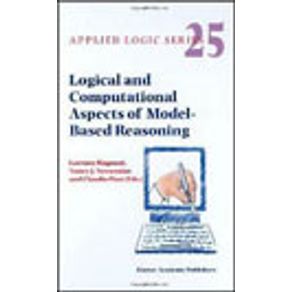This volume is based on the papers that were presented at the International Conference `Model-Based Reasoning: Scientific Discovery, Technological Innovation, Values' (MBR'01), held at the Collegio Ghislieri, University of Pavia, Pavia, Italy, in May 2001. The previous volume Model-Based Reasoning in Scientific Discovery, edited by L. Magnani, N.J. Nersessian, and P. Thagard (Kluwer Academic/Plenum Publishers, New York, 1999; Chinese edition, China Science and Technology Press, Beijing, 2000), was based on the papers presented at the first `model-based reasoning' international conference, held at the same venue in December 1998. The presentations given at the Conference explore how scientific thinking uses models and exploratory reasoning to produce creative changes in theories and concepts. Some address the problem of model-based reasoning in ethics, especially pertaining to science and technology, and stress some aspects of model-based reasoning in technological innovation. The study of diagnostic, visual, spatial, analogical, and temporal reasoning has demonstrated that there are many ways of performing intelligent and creative reasoning that cannot be described with the help only of traditional notions of reasoning such as classical logic. Understanding the contribution of modeling practices to discovery and conceptual change in science requires expanding scientific reasoning to include complex forms of creative reasoning that are not always successful and can lead to incorrect solutions. The study of these heuristic ways of reasoning is situated at the crossroads of philosophy, artificial intelligence, cognitive psychology, and logic; that is, at the heart of cognitive science. There are several key ingredients common to the various forms of model-based reasoning. The term `model' comprises both internal and external representations. The models are intended as interpretations of target physical systems, processes, phenomena, or situations.


